What is Carbon Dioxide?
Carbon Dioxide (CO2) is an inert gas that is nonflammable, devoid of colour and odour.
It naturally occurs in the atmosphere at a concentration of approximately 0.03%.
Carbon dioxide can exist simultaneously in solid, liquid, and gaseous states.
Liquid or Carbon Dioxide Gas for sale
We provide the option to procure premium-quality compressed and liquid CO2 tailored to meet diverse application requirements.
• Beverage-grade carbon dioxide for brewers & winemakers
• Food manufacturing using CO2 based refrigerants
• Treatment of process water in the concrete and pulp and Paper industries
• Liquid CO2 in pharmaceutical & research labs
• CO2 gas injection to recover oil
• Dry ice (solid CO2 pellets) for cleaning and media blasting
• A stunning gas in the livestock industry
• carbon dioxide used as welding shielding gas
Industrial Applications
Beverages
Our provision of beverage-grade CO2 and an unwavering supply chain enables our esteemed customers to uphold optimal freshness in their products while safeguarding against contamination.
We know that purity is paramount in the final stages of bottling beverages or capping brewing and wine production processes.
- Carbonation: CO2 is essential for carbonating beverages, including beer and sparkling wine. Our beverage-grade CO2 enables precise control over carbonation levels, allowing brewers and winemakers to achieve their products’ desired effervescence and mouthfeel.
- Flavour Preservation: CO2 acts as a natural preservative, protecting the flavour and freshness of beverages. By using our beverage-grade CO2, brewers and winemakers can maintain the quality and taste of their products throughout the production and storage processes.
- pH Control: CO2 can regulate the pH levels during brewing and winemaking. This is particularly important in certain stages of the fermentation process, where maintaining the ideal pH range is crucial for achieving desired flavours and characteristics.
- Process Efficiency: Our beverage-grade CO2, such as compressed gas cylinders or bulk storage tanks, is available conveniently, ensuring efficient and reliable supply. This allows brewers and winemakers to streamline operations and focus on producing exceptional beverages.
Food Manufacturing
Using DSW liquid CO2 in conjunction with our advanced chilling and freezing systems preserves product quality during transportation, guarding against spoilage or premature aging.
Additionally, our offerings encompass a convenient and efficient equipment cleaning solution that leaves no residue behind.
3. CO2 gas is heavier than air and does not support combustion. Therefore, many fire extinguishers use carbon dioxide to extinguish fires. The carbon dioxide fire extinguisher uses liquefied carbon dioxide to extinguish the fire. In addition to the above characteristics, there is an advantage in that the solid residue is not left after the fire is extinguished.

4. Carbon dioxide can also be used as a welding shielding gas, providing minimal protection compared to rare gases like argon but at a low price.
CO2 provides deep penetration while offering reduced costs compared to more costly shielding gases such as argon; however, it reduces stability during arcing by increasing droplet formation (spatter).
1-2% concentrations of CO2 may also help lower the surface tension of molten metal by acting as an antistatic.

5. Carbon dioxide gas is often used in laser systems because it is economical and highly effective.
Compared to other gasses, carbon dioxide can easily be stimulated for laser production, resulting in powerful beams.
Furthermore, CO2 lasers are easily configured to fit various applications for which they’re utilized.

6. Carbon dioxide gas can be used in winemaking to create an oxygen-deficient environment and help stop bacteria from growing on grapes.
Carbon dioxide (CO2) is produced naturally during yeast fermentation and approved as an additive under European Union regulations;
its presence identifies winemaking odourless and colourless gas, which keeps oxygen out of musts and wine.

7. Carbon dioxide can control the pH value; carbon dioxide is added to the swimming pool to maintain the pH value, and carbon dioxide is added to keep the pH from rising.
In swimming pools, it is crucial to maintain the pH within a specific range to ensure comfort for swimmers and prevent issues such as corrosion, scale formation, and the growth of algae or bacteria.
When carbon dioxide is added to a swimming pool, it reacts with water to form carbonic acid (H2CO3), a weak acid. This acidification process helps lower the pool water’s pH, reducing its alkalinity and maintaining it within the desired range.

8. Carbon dioxide can be used in the alkali and sugar industries.
Compressed carbon dioxide is used under high pressure in the polymer melt to create foam structures, which is then reduced until foam structures appear by decreasing pressure.
Herein, we systematically investigated the simultaneous transformation of sugars and CO2-derived salts or gaseous CO2 via the room-temperature transfer hydrogenation, affording three value-added products, sugar acid, sugar alcohol, and FA, with a physical mixture of Pt/C and Pd/C catalysts at various reaction conditions. The effects of alcohol solvents and CO2 sources were investigated, revealing that not only the initial pH but also solubility, the hydrogen transfer rate, and water structure breaking are crucial factors governing the catalytic activity. Further studies were made on high-concentration reactions, recycle tests, and utilization of other sugar sources to establish the system’s scalability, recyclability, and extendibility.

9. Carbon dioxide can be a blowing agent in the plastics industry.
Carbon dioxide is among the most popular PBAs due to its low toxicity, stability, and reasonable costs.
Compressed carbon dioxide is used under high pressure in the polymer melt to create foam structures, which are then reduced until foam structures appear by decreasing pressure.

10. Dry ice can be used for artificial rain, smoke effects on the stage, food industry, special effects of food, etc.

11. Nuclear decontamination and decommissioning are ongoing processes at all nuclear facilities, while hazardous waste disposal presents ecological and financial concerns.
Dry ice cleaning provides a safe, cost-effective, and environmentally friendly cleaning option without using harmful chemicals or moisture or adding CO2 into the atmosphere.
Dry ice blasting uses solid carbon dioxide from other industrial processes as the blast medium, meaning no impactful emissions are produced.

12. Dry ice can be used in the automotive, marine, aerospace, space, and electronics industries. The liquid carbon dioxide is reduced to a gas volume by volume reduction and fabric separation, eliminating the complicated post-treatment process brought by conventional solvents.
13. CO2 supercritical extraction technology. The properties will change when the temperature is higher than the critical temperature (Tc) of 31℃ and the pressure is higher than the necessary pressure (Pc) of 3 MPa. The density is close to that of liquid, the viscosity is comparable to that of gas, and the diffusion coefficient is 100 times that of drink. Therefore, it has a strong dissolving ability, can dissolve a variety of substances and then extract the active ingredients therein, can use this technology to produce high value-added products, can remove substances that could not be extracted by chemical methods in the past, and is inexpensive and non-toxic. Safe and efficient. It is suitable for chemical, pharmaceutical, food, and other industries.

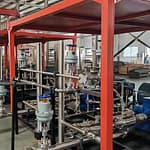

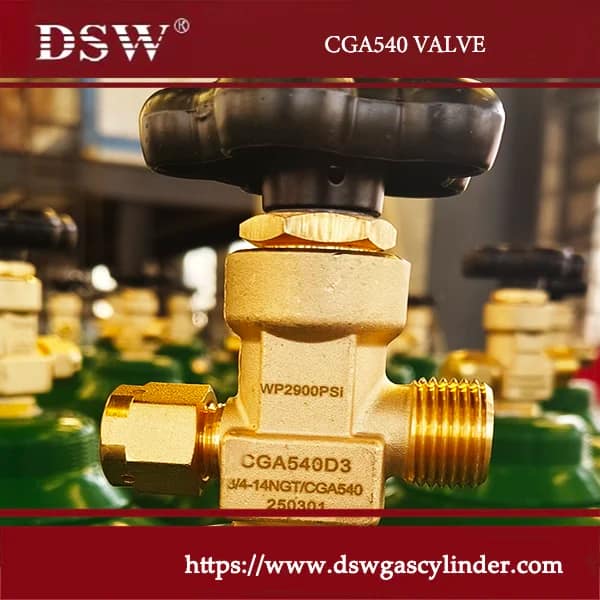
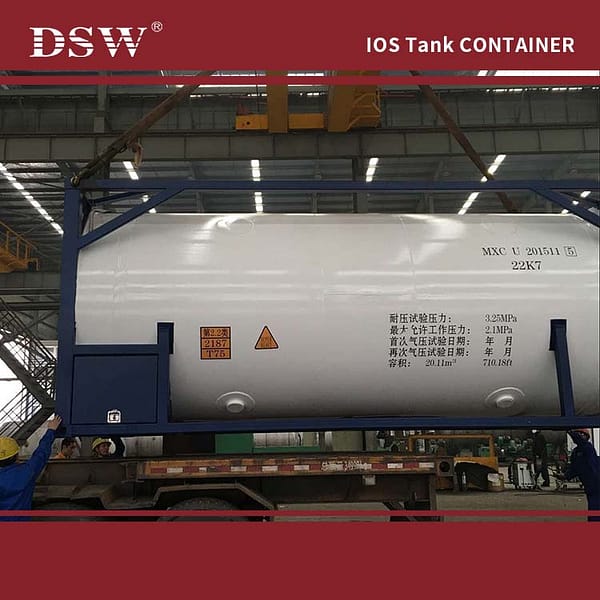
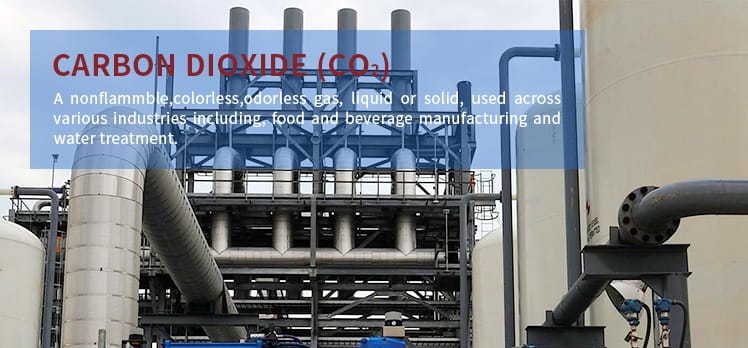
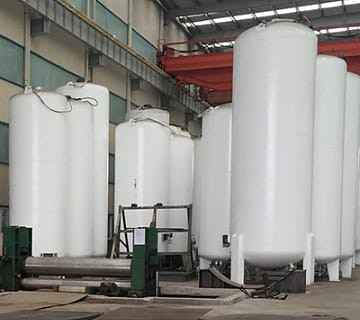
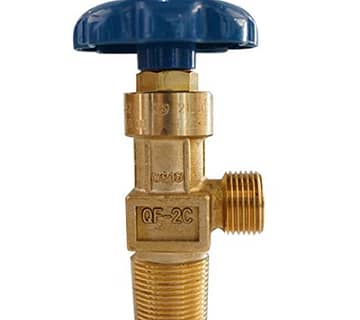
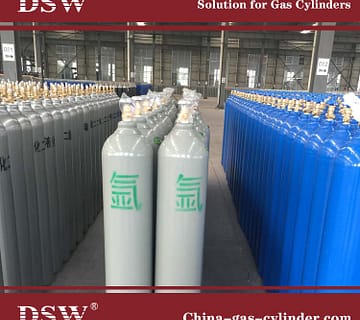
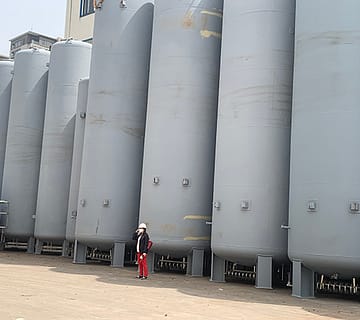
No comment